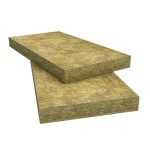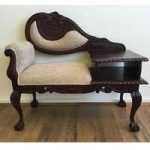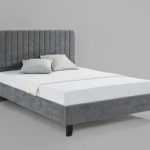The general public and authorities are making all the possible efforts to curb the spread of COVID-19. It has been advised to adhere to preventive measures such as social distancing, regular hand washing, and covering your mouth while sneeze or cough to create a safe and healthy environment for all. Alongside these measures, Personal Protective Equipment (PPE) has been designed to reduce exposure to viral and bacterial contaminants.
One of the effective gears is the face shield that has recently gained popularity amid the coronavirus pandemic. While face masks cover the nose and mouth, face shields can help cover the entire face to prevent respiratory droplets and potential infection risks. If you have a tendency to touch your face frequently and find a little discomfort in wearing masks, a face shield might be a viable option for you.
But, is face shield enough to reduce the risk of severe illness from COVID-19? Are our face shields effective at protecting cross-contamination? Read on to obtain a clear understanding and make a wise decision.
First of all, what is a Face Shields?
A protective face shield is made from plastic or similar transparent materials that are usually designed to wear like a visor. It is easy to wear and feasible at blocking respiratory droplets that might carry hazardous particles. It can help create a protective barrier over the wearer’s entire face and stay in place with built-in headbands, which means fewer chances of virus transmission. Also, the see-through exterior part can make communication easier, especially for those having special needs and certain disorders.

How effective are Face Shields at Preventing Hazardous Exposures?
You might believe that the virus is spread through close contact with an infected person, exposure to droplets produced when they cough or sneeze, or contaminated surfaces. But be clear that the virus can enter a body through portals of entry – the nose, mouth, and even eyes. Wearing a mask can be effective at blocking harmful droplets coming out of the mouth and nose but a face shield acts as a physical barrier over all the entry portals.
The Center for Disease Control and Prevention (CDC) in the United States says using a face shield alongside a face mask could offer additional protection against the COVID-19. You can easily find face shields online to obtain an additional layer of protection for the facial area and associated mucous membranes against splashes and body fluids.
Can You Use a Face Shield in Replacement to Face Mask?
Well, the short and simple answer is ‘No.’ In fact, the CDC suggests using face shields in addition to face masks, and not in place of one another. While transparent plastic shields are a powerful barrier for sprays and splashes, wearing one without a face mask doesn’t offer the right amount of protection you may need to ensure safety in risky areas or contamination-prone environments.
The CDC says the only time it is acceptable to wear a face shield despite a mask is when used by people who are deaf or hearing impaired because the transparent design allows easy lip reading and interaction.
Face Shields vs. Face Masks
While face shields are made with a layer of transparent practice and padded elastic headband, face masks are usually made from a cloth material with ear loops. Besides their structural difference, the face shield sits away from the mouth and face, whereas the face mask should fit snugly over the mouth and nose to ensure optimum protection.
When face shields are worn correctly in conjunction with other PPE, they can be incredibly effective and safe, physically forming an additional layer of protection against microbes and harmful particles. Also, it may help extend the life of reusable face mask when worn in combination with one. By wearing a face shield over your mask, you may put your best efforts at reducing the spread of infection and illness.
How to Choose the Right Protective Face Shields?
There is a wide range of face shields available in the market, but the CDC recommends the face shields that extend below the chin and provide great coverage and protection. The best face shields should have a durable plastic covering that can withstand all conditions without losing its actual shape.
The headband should be designed with comfortable foam to reduce pressure against the forehead while the strap should be good enough for extended usage. Be sure to seek face shields that are sturdy, so they disinfect and wipe easily for reuse.
Moreover, you should buy face masks along with face shields and wear them in your daily routine to take a good step towards flattening the curve of the COVID-19.
Conclusion:
Now you can clearly witness that wearing face masks in combination with Face Shields can be a viable solution to prevent the spread of COVID-19. However, you are still required to follow safety guidelines such as avoid visiting crowded places, proper handwashing, social distancing, and self-isolation when experiencing any symptoms or feeling sick.
When both these protective equipment is worn correctly alongside such measures, it can help create a safe and healthier environment throughout the nation.




















